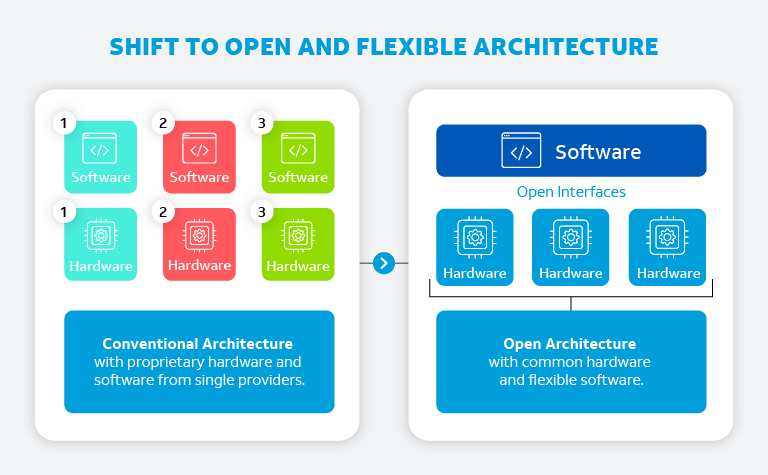
AT&T improves the efficiency of 5G and fiber roll out with Open Platforms
At&T has enhanced the pace and effectiveness of the implementation of 5G and fiber internet using Open Platforms, according to Mike Satterlee, vice president of Network Core Infrastructure Services. att open platforms
AT&T has generated a Phone ARPU of $55.43 and Fiber ARPU of $64.82 in the fourth quarter of 2022. Mike Satterlee says 2022 was pivotal for 5G rollouts and Fiber broadband expansion.

It took 5G only 7 quarters to reach 250 million connections while 4G took 19 quarters to do the same. AT&T 5G now covers more than 288 million people, and mid-band 5G+ is covering 150 million people. AT&T 5G+ over mmWave is available in parts of more than 50 cities and nearly 70 venues.
As of Q4 2022, AT&T Fiber has the ability to serve more than 19 million consumer locations and more than 3 million business customer locations in more than 100 U.S. metro areas, and it is on track to pass 30 million-plus consumer and business locations by the end of 2025.
AT&T Labs started looking at moving control of the network from hardware to software. AT&T also looked beyond the conventional way of using proprietary, “locked” equipment from a single vendor, to instead using “open” components that can be stacked into one switching and routing platform.
AT&T unveiled its plan to develop an open white box system in 2019 that would enable to run 10 times as much traffic.
AT&T announced the next-gen open disaggregated core routing and the next-gen open disaggregated IP edge routing platforms in 2020. AT&T’s open, disaggregated program has enabled to be more efficient with 5G and Fiber rollouts and launch high-speed broadband and 5G services to new markets.
The investment in open systems has minimized costs. AT&T manages more network traffic loads than ever before – more than 594 petabytes of global data traffic per day.
AT&T has migrated more than 52 percent of all production traffic to Next-Gen Core routers, which are based on the Broadcom Jericho, Ramon chips and uses the Distributed Dis-Aggregated Chassis (DDC) design powered by DriveNets Network Cloud DNOS software. AT&T is now exploring a path to scale the system to 500Tb/s and then to 900Tb/s using a next-gen chipset.
Next-Gen Edge Router provides enterprise services, Ethernet, Broadband, Mobility, and Internet Gateway using Broadcom, Cisco, and UfiSpace hardware. AT&T has now deployed it in AT&T production Internet peering network.
Cell Site Gateway Router supports up to 100Gbps Mobility transport to provide the bandwidth demands that come with 5G services. This solution uses hardware from UfiSpace, Broadcom Qumran-AX chips, coupled with the Vyatta NOS software from Ciena. This has been deployed in AT&T’s mobility network.
Ethernet Mux enables aggregation of 1 and 10 Gig access ports to 100 Gig transport. This platform is based on Broadcom’s Qumran-MX chips and uses EdgeCore hardware with Ciena’s SAOS Network Operating System software. This is live on Metro Ethernet and fiber footprint.
Universal CPE, the broadband customer premise equipment, provides high-speed Dedicated Internet and Enterprise SD-WAN services. It uses Intel, Broadcom, Marvell and Silicom to put together a cost-effective and feature-rich device using Vyatta NOS software from Ciena.
Open ROADM provides high-speed and high-capacity optical transport supporting our fiber-based broadband and 5G backhaul. AT&T has Open ROADM compliant components developed from Ciena, Cisco, Fujitsu, Infinera, and Nokia and installed over 75+ nodes and turned up 100G and 400G wavelengths in a production network. att open platforms










